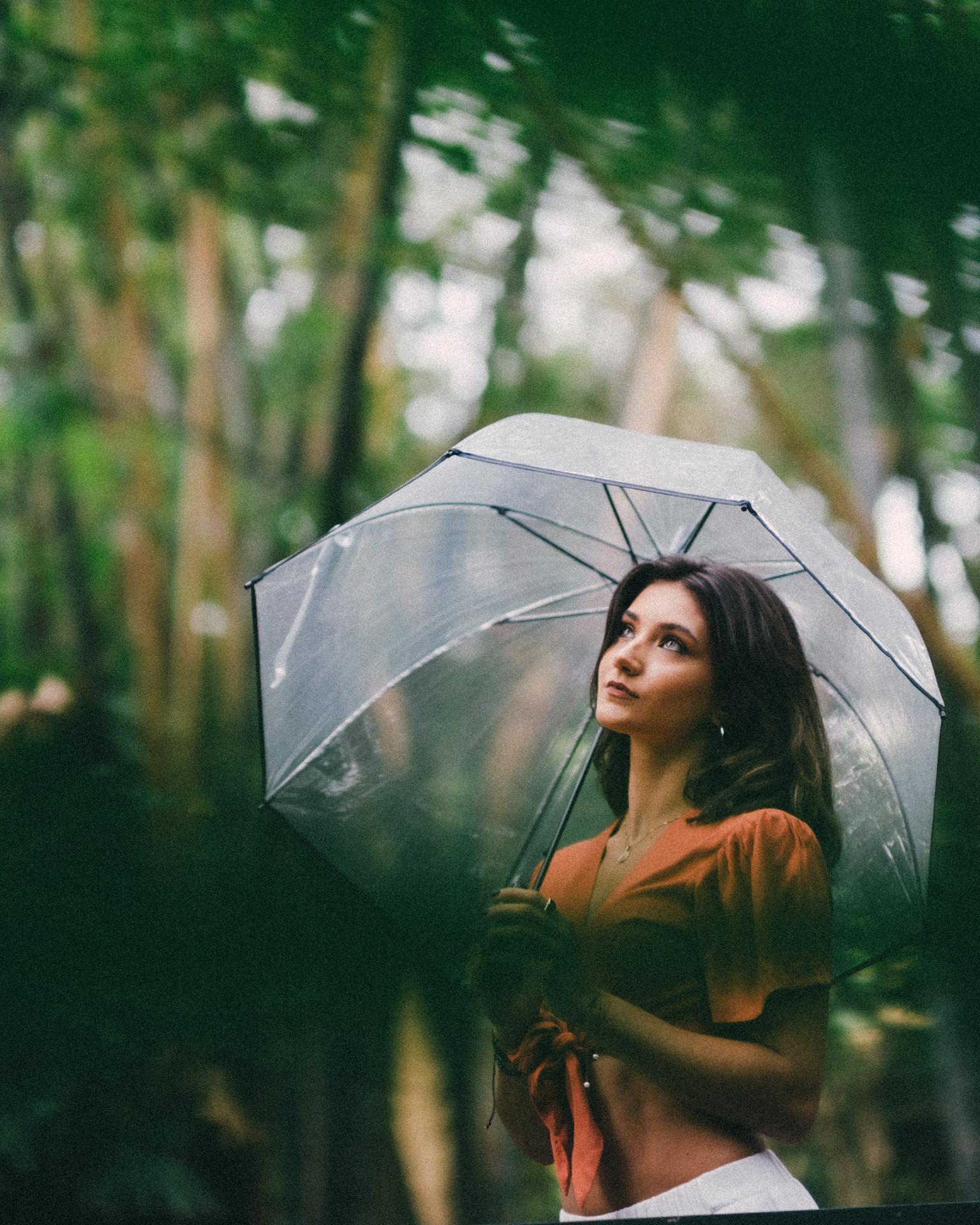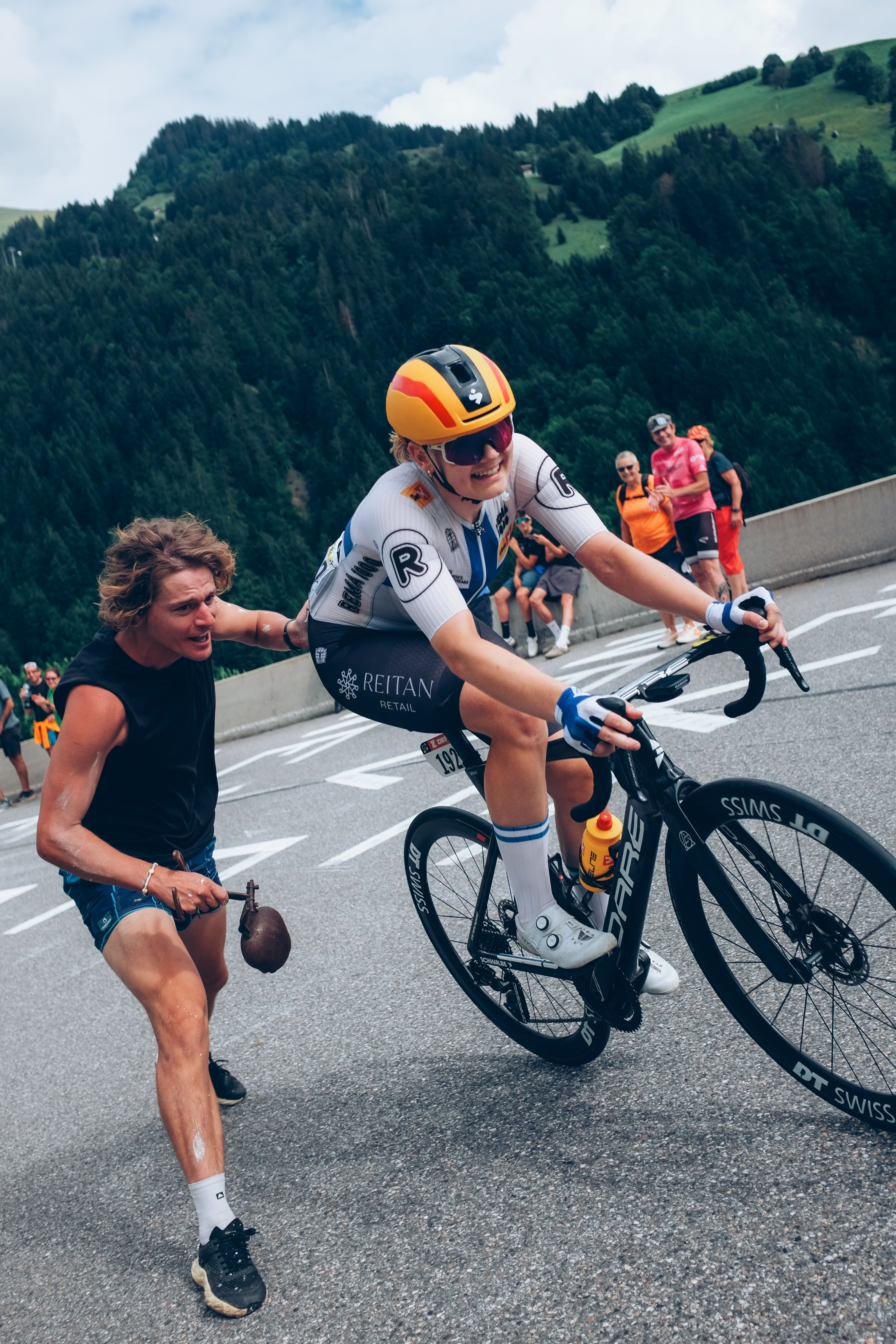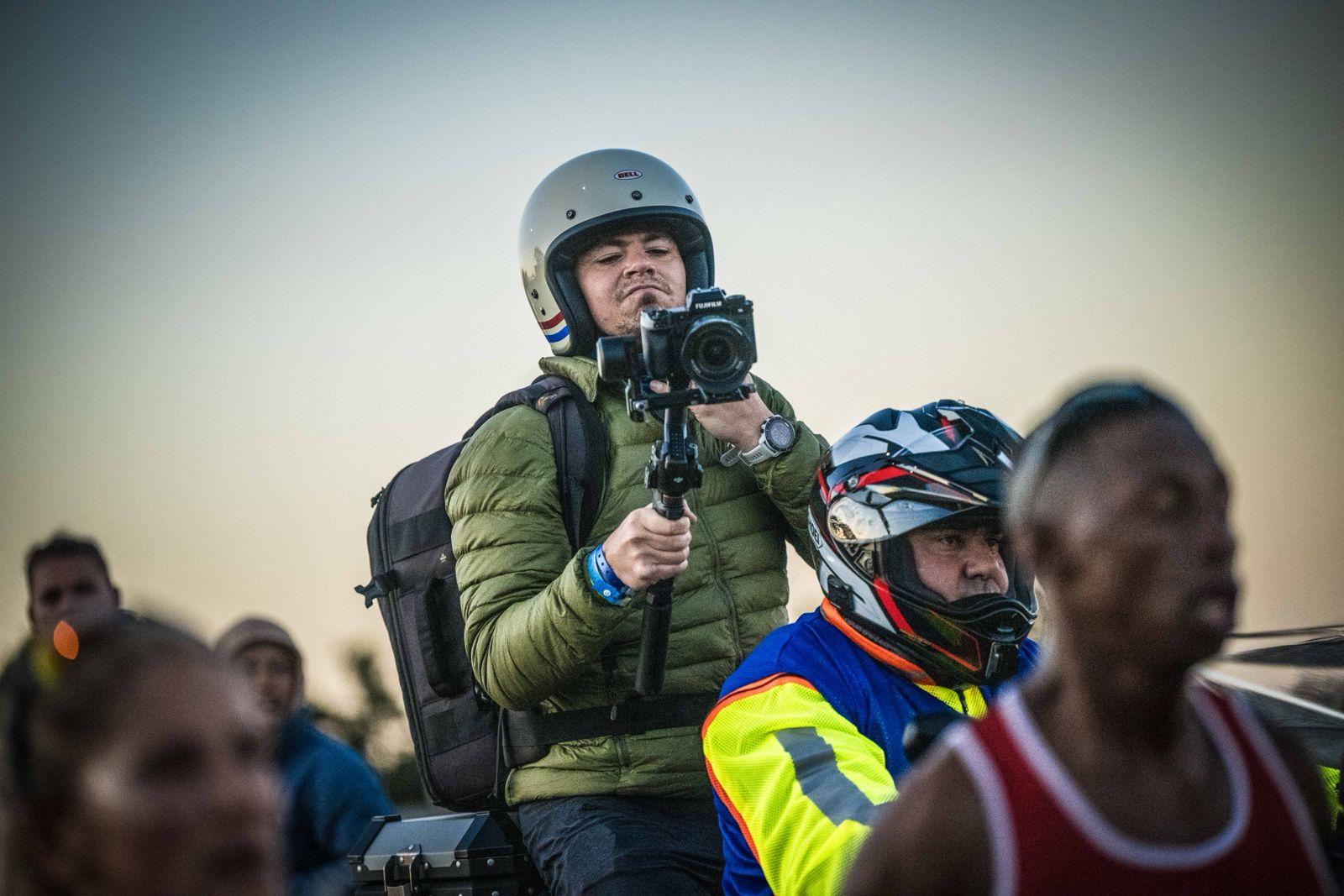X-Photographer – Tim Moolman – Shooting Skateboarding with Fuji
I’ve been covering a variety of subjects for 13 years and while I love photographing weddings in my documentary style, I have loads of fun shooting skateboarding for magazines. I’m an old skateboarder myself and have an unfair advantage in that I know skateboarding and can often figure out the best angle to capture a trick from to make it look even better.
I’d like to take you through the process of capturing these images for Brandon’s recent article in Session Skateboard Magazine.
First thing you need to know is that this was a rushed shoot! I was leaving on holiday and Brandon had his exams on and obviously there was a deadline too. The magazine’s always have a deadline to throw into the mix to keep things interesting.
I always start the process by asking the magazine how many shots they want to use. If they say 4 or five it means I have to have a least 6-9 banging shots for them to choose from. It wasn’t going to be easy in the little time we had but fortunately Brandon has his own small training skatepark at his house and the magazine wanted to feature it. That gave us one location to shoot. Brandon had two others in mind and exactly what tricks he wanted to try there. This is always a key aspect of shooting skateboarding, you and the skater have to have a realistic view of what tricks you want to try shoot at specific spots. No point going to a spot where you don’t land any tricks and make a nuisance of yourself to the owners or security.
The best way to shoot in public is for the skater to be warmed up, the photographer should have his camera set with lens and his lighting (if he’s using any) ready to go and a clear idea of the angle he needs to get so that you can roll up to the spot, setup, get the shot and get out.
The shoot at Brandon’s house went well. We got the frontside 5-0 (an easy trick shot wide to show the entire skatepark and setup behind him) and the lip slide done really quickly. I lay down at the bottom of the handrail with a helmet on, (cause sometimes things go wrong), and used a Samyang 8mm f2.8 fisheye on my X-T1 to get a dramatic angle. I love that the Fuji is light and has a reticulating screen which helps me compose the shot without having to be a contortionist. Fuji doesn’t make a Fisheye lens yet and the
Samyang/Rokinon is a fantastic piece of glass with a 180 degree FOV and very little distortion for a rectilinear fisheye.
Then we were off to the streets, with Brandon warmed up the 5-0 grind on the rail made for a beautiful landscape shot. I used a 56mm f1.2 lens which is the equivalent of an 85mm lens to flatten the image slightly. Skateboarding shots work best either super wide or with a longer lens, there really isn’t an in-between. It’s fisheye or medium telephoto and longer.
The last shot was to be the frontside blunt slide at Brandon’s school. This would have to be shot during his holiday’s and was the last shot we got for the interview. It was incidentally the one he wanted most of all as no one had done a similar trick down this handrail. We met at a nearby parking lot at 8am and I waited while Brandon warmed up in the parking lot. Then we headed into the school grounds under the premise of meeting some friends for a game of cricket I think.
He was up and skating and landed the trick within a few tries and I had the final shot in the bag. Because it was early morning and because he would be in direct sunlight I didn’t bother setting lights up. The shot looks ace and the magazine printed it over two pages.
This was my first full skateboarding feature shot entirely on Fuji and it allows me to make the following observations.
1) The Fuji X-T1 is a light camera and is easy to use at the weird angles you need to get to when photographing skateboarding. The screen helps a lot with composition and it’s refresh rate is fast enough for me to get the split second timing needed to capture a trick at just the right moment.
2) The Samyang/Rokinon fisheye was a wonderful find and I simply wouldn’t be shooting skateboarding without it. It’s wide and sharp and so tiny it looks toylike when you first use it.
3) The Fuji 56mm f1.2 is another favourite as it’s a strong, well made lens that focuses quickly and shows no vignetting that I can see even when shooting wide open.
The biggest plus for me in using Fuji over a DSLR is how it feels so much more like a real photographers tool. I can change settings much quicker and check exposure quicker with the superb EVF. It’s transformed my approach to photography in that I now feel more like an artist, with a paintbrush, creating while making great photographs.
find me on twitter/timmoolmanphoto
or here instagram/timmoolmanphoto
and www.timmoolman.co.za
brandon valjalo is on instagram/brandsvaljalo





